Choosing the best color for your bedroom is so important. It sets the tone, impacting mood, relaxation, and sleep. With many colors to choose from, consider how each shade can affect your sanctuary.
Blue is a great option for those seeking a peaceful retreat. It creates a sense of calmness. Soft sky blue or deep navy can help with restful sleep and reduce stress.

Green is perfect for energizing mornings. It’s associated with growth and harmony and can evoke feelings of renewal and vitality. Incorporating this color into your bedroom can create a refreshing ambiance and promote motivation and positivity.
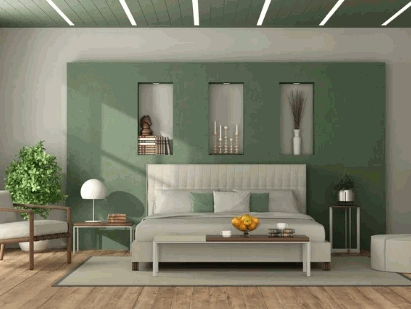
Centuries ago, ancient civilizations recognized the power of colors in influencing human emotions and behavior. In Egypt, vibrant gold symbolized prosperity. China used red for luck and happiness. Cultures around the globe embraced colors that resonated with their beliefs and desires.
Benefits Of Choosing The Right Color For Your Bedroom
Picking the ideal hue for your bedroom has many advantages.
- Soothing shades like blue or green can create a tranquil setting, encouraging rest and quality sleep.

- Warm hues such as orange or yellow can make your bedroom feel cozy and inviting.
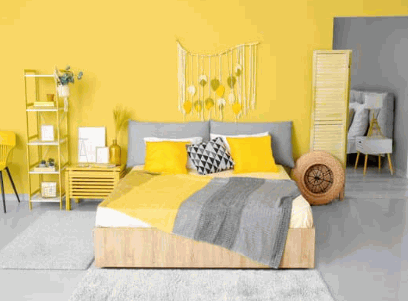
- Neutral colors like beige or gray can provide a flexible backdrop for various décor styles and permit you to easily update your bedroom without major renovations.
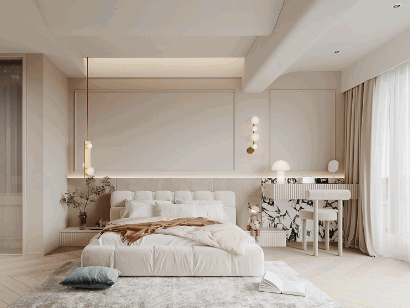
- Vibrant colors like pink or purple can add a burst of energy and character to your bedroom, making it lively.
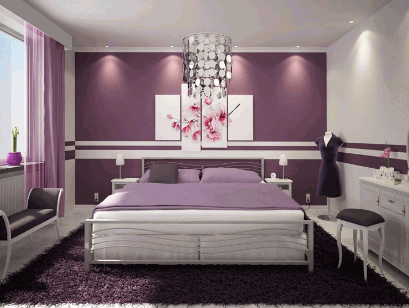
When deciding on a color, other aspects must be taken into account, such as lighting and personal tastes. Trying out various colors before settling on one that reflects your style and suits the overall theme of your bedroom is essential.
Pro Tip: Go for tones that evoke good vibes and make you feel at ease when selecting a color for your bedroom.
Factors To Consider When Choosing A Color For Your Bedroom
Choosing the right hue for your bedroom is key, as it can have a big impact on your emotions and well-being. When deciding on a color scheme, there are some elements to think about that will help create a cozy and balanced environment in your haven.
1. Lighting: The type and quantity of natural and artificial light in your bedroom should be taken into consideration when selecting a color. Light colors such as whites, creams, and pastels work well in rooms with lots of natural light, while darker shades add warmth and comfort in spaces with less lighting.
2. Personal Preference: Your taste is important when picking out the colors for your bedroom. Consider your favorite colors and any emotional connections you have to particular hues. Go for colors that make you feel relaxed, and calm, and aid restful sleep.
3. Room Size: The size of your bedroom also affects the choice of colors. In smaller rooms, lighter shades give the illusion of space and openness, making them appear larger than they are. Bigger bedrooms can handle more daring colors without feeling overwhelming.
4. Psychological Effects: Different colors have various psychological impacts on people. For example, cool tones like blues and greens are calming, while warm hues like reds and oranges can bring energy and passion. Think about how you want to feel in your bedroom and pick colors accordingly.
It’s worth noting that textured or patterned wallpapers can add depth and dimension to your bedroom walls without being too overpowering.
A study by the University of Sussex found that people who slept in blue bedrooms got the most sleep compared to those with other color schemes in their bedrooms. Calming blue hues were linked to improved sleep quality.
By taking into account factors such as lighting, personal preference, room size, and psychological effects, you can choose the best color scheme for your bedroom. This will promote relaxation, peace, and a great night’s sleep.
Popular Bedroom Colors
Choosing the right color for your bedroom is both exciting and intimidating. Here are five popular colors that will turn your space into a tranquil sanctuary:
- Soft blues create a soothing atmosphere for relaxation.

- Neutrals like beige and ivory give a timeless, sophisticated look.

- Vibrant greens bring nature in and bring peace and energy.

- Pink adds a feminine touch to create a magical vibe.
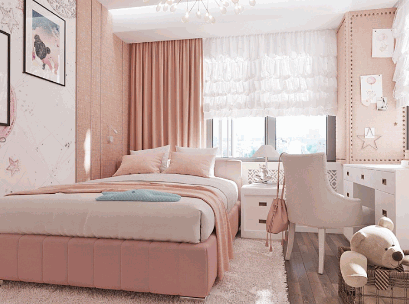
- Rich purples evoke luxury and artistry, making the bedroom lavish.
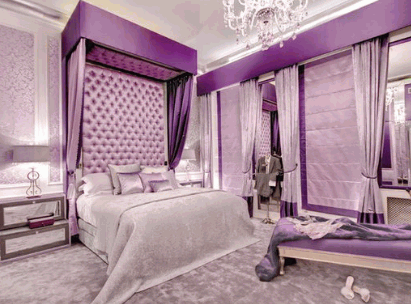
Each color has its special qualities that can upgrade the look of your bedroom. But, there are other things to think about before you make a decision.
For instance, it’s important to consider the amount of natural light your bedroom gets. If you don’t have much light, lighter colors can make the room brighter. If your room is bright, deeper tones can add depth.
Also, take the size of the room into account. Dark colors can make small places seem even tinier, while lighter shades can make them look bigger.
Choosing The Best Color For Your Bedroom
Choosing the best color for your bedroom is key. It can impact your mood and the ambiance of the room. Here are four points to remember:
- Calming colors like blues, greens, or lavender create a peaceful atmosphere.
- Warm tones like browns, oranges, or neutrals give a cozy feel.
- Think of your personal preference to find a color that resonates with you.
- Lighting matters; test samples in various lighting situations.
Size also matters: lighter colors in small rooms create an illusion of space. On the other hand, larger rooms can handle bolder hues.
Pro Tip: Always test paint or wallpaper samples in different parts of the room, under different lighting. This way you can find the perfect color that suits your style and bedroom.
Final Tips For Achieving The Perfect Bedroom Color
Choosing the ideal color for your bedroom can have a major effect on the vibe of the space. Here are some last tips for getting it just right:
- Go for calming and soothing colors like blue or green to create a peaceful atmosphere.
- Choose warm and cozy hues such as earthy tones or soft neutrals for a cozy feel.
- Take into account natural lighting and the size of your bedroom. Lighter shades can make smaller rooms appear more spacious, while darker colors can add depth to larger areas.
- Introduce a contrasting color for an accent wall that blends with the overall palette.
- Be inspired by nature and use natural elements in your color scheme like shades of green or brown for an organic feel.
- Remember the psychological effects of color – red is energizing, yellow is cheerful, and purple evokes luxury.
Moreover, it’s important to factor in personal preferences and individual tastes when picking bedroom colors. This guarantees creating a space that reflects your personality.
So there you have it – some last tips for the perfect bedroom color plus an interesting historical fact. Choose a color that not only looks great but also promotes relaxation. Have fun decorating!
Uncover more: Bedroom Furniture Design
Conclusion
When selecting the ideal hue for your bedroom, keep in mind that it can profoundly influence your comfort and mood. Pick a color that reflects your taste and generates a peaceful atmosphere.
Light colors like soft blues or muted greens may bring a serene vibe, perfect for relaxation. Alternatively, darker hues such as deep purples or rich browns may evoke a feeling of coziness.
Plus, colors can have psychological effects on our emotions. Cool tones like pastel pinks or lavender may encourage relaxation and calmness. Or, if you want an energetic atmosphere, choose vibrant colors like sunny yellows or invigorating oranges.
Ultimately, personal preference is a key factor. Go with a color that speaks to you, so your bedroom truly feels like your own sanctuary.
You can also add accents in complementary colors, like curtains, pillows, or artwork. This adds visual interest and makes the chosen wall color pop.

